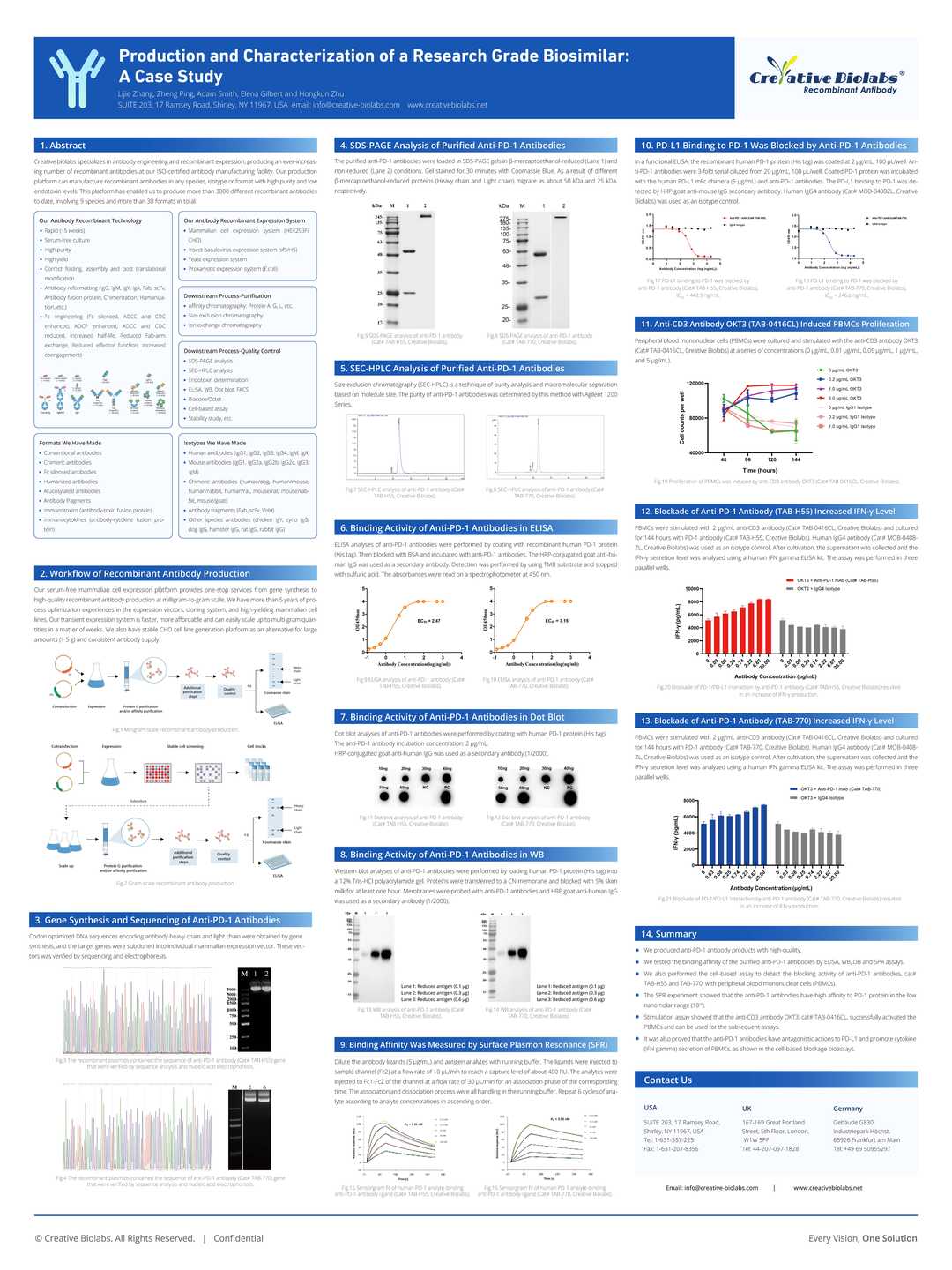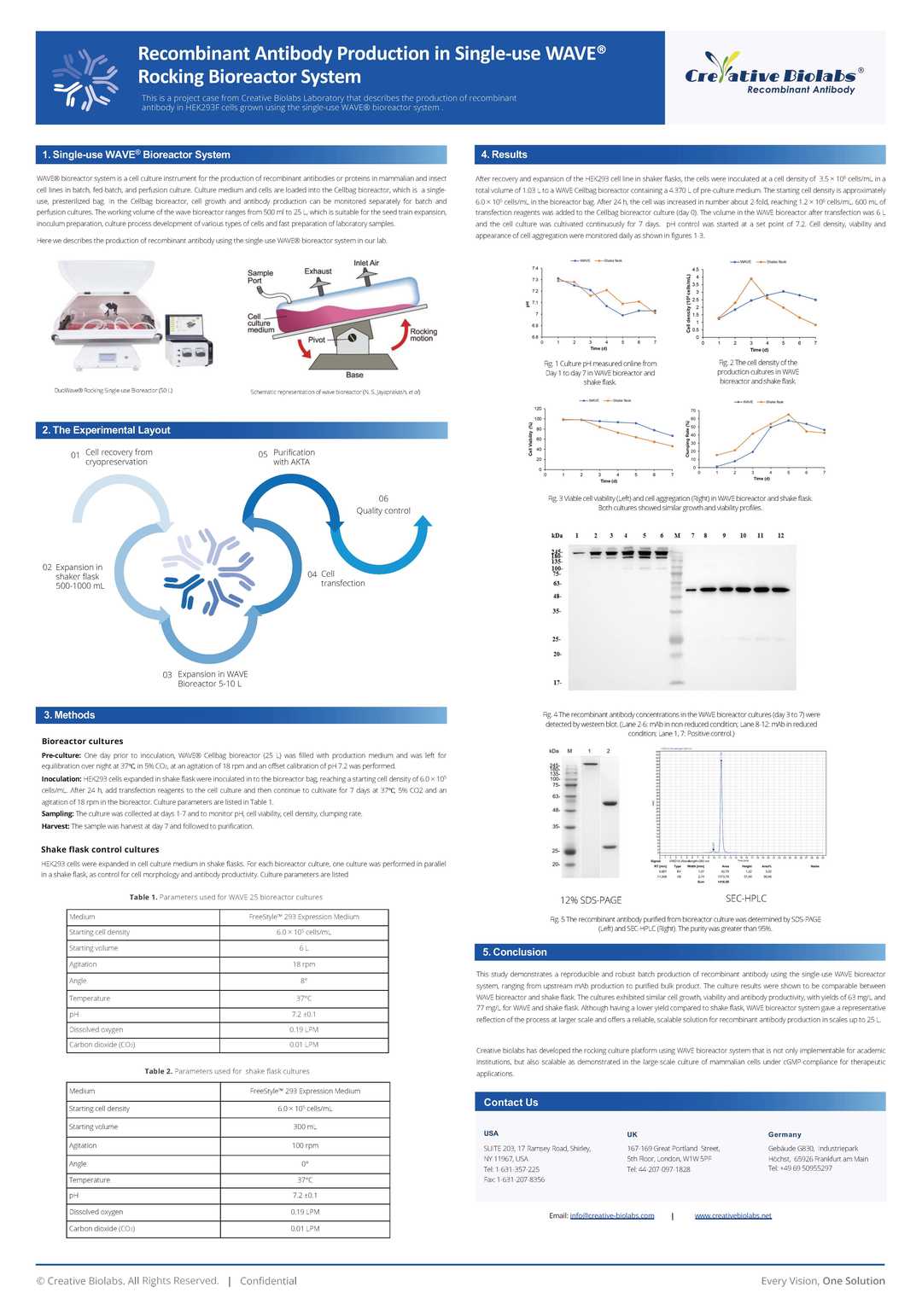Rabbit Anti-HSPA8 Recombinant Antibody (VS3-CJ584)
CAT#: VS3-CJ584
This product is a rabbit antibody that recognizes human, mouse, and rat HSPA8.








Specifications
- Immunogen
- Recombinant protein
- Host Species
- Rabbit
- Type
- Rabbit IgG
- Specificity
- Human, Mouse, Rat HSPA8
- Species Reactivity
- Human, Mouse, Rat
- Applications
- WB, ICC, IF, IHC, IP
- Conjugate
- Unconjugated
Product Property
- Purification
- Protein A affinity purified
- Purity
- >95% as determined by SDS-PAGE
- Format
- Liquid
- Buffer
- 40% Glycerol, 1% BSA, TBS, pH7.4.
- Preservative
- 0.05% Sodium Azide
- Storage
- Store at 4°C for short term. Aliquot and store at -20°C for long term. Avoid repeated freeze/thaw cycles.
Applications
- Application Notes
- This antibody has been tested for use in Western Blot, Immunocytochemistry, Immunofluorescence, Immunohistochemistry, Immunoprecipitation.
Target
- Alternative Names
- LAP1; HSC54; HSC70; HSC71; HSP71; HSP73; LAP-1; NIP71; HEL-33; HSPA10; HEL-S-72p
- Gene ID
- 3312
- UniProt ID
- P11142
- Sequence Similarities
- Belongs to the heat shock protein 70 family.
- Cellular Localization
- Cell membrane, Cytoplasm, Membrane, Nucleus, Spliceosome
- Post Translation Modifications
- Acetylated.
ISGylated.
Trimethylation at Lys-561 reduces fibrillar SNCA binding.
- Protein Refseq
- NP_006588.1; NP_694881.1
- Function
- Molecular chaperone implicated in a wide variety of cellular processes, including protection of the proteome from stress, folding and transport of newly synthesized polypeptides, activation of proteolysis of misfolded proteins and the formation and dissociation of protein complexes. Plays a pivotal role in the protein quality control system, ensuring the correct folding of proteins, the re-folding of misfolded proteins and controlling the targeting of proteins for subsequent degradation (PubMed:21150129, PubMed:21148293, PubMed:24732912, PubMed:27916661, PubMed:23018488).
This is achieved through cycles of ATP binding, ATP hydrolysis and ADP release, mediated by co-chaperones (PubMed:21150129, PubMed:21148293, PubMed:24732912, PubMed:27916661, PubMed:23018488, PubMed:12526792).
The co-chaperones have been shown to not only regulate different steps of the ATPase cycle of HSP70, but they also have an individual specificity such that one co-chaperone may promote folding of a substrate while another may promote degradation (PubMed:21150129, PubMed:21148293, PubMed:24732912, PubMed:27916661, PubMed:23018488, PubMed:12526792).
The affinity of HSP70 for polypeptides is regulated by its nucleotide bound state. In the ATP-bound form, it has a low affinity for substrate proteins. However, upon hydrolysis of the ATP to ADP, it undergoes a conformational change that increases its affinity for substrate proteins. HSP70 goes through repeated cycles of ATP hydrolysis and nucleotide exchange, which permits cycles of substrate binding and release. The HSP70-associated co-chaperones are of three types: J-domain co-chaperones HSP40s (stimulate ATPase hydrolysis by HSP70), the nucleotide exchange factors (NEF) such as BAG1/2/3 (facilitate conversion of HSP70 from the ADP-bound to the ATP-bound state thereby promoting substrate release), and the TPR domain chaperones such as HOPX and STUB1 (PubMed:24318877, PubMed:27474739, PubMed:24121476, PubMed:26865365).
Plays a critical role in mitochondrial import, delivers preproteins to the mitochondrial import receptor TOMM70 (PubMed:12526792).
Acts as a repressor of transcriptional activation. Inhibits the transcriptional coactivator activity of CITED1 on Smad-mediated transcription. Component of the PRP19-CDC5L complex that forms an integral part of the spliceosome and is required for activating pre-mRNA splicing. May have a scaffolding role in the spliceosome assembly as it contacts all other components of the core complex. Binds bacterial lipopolysaccharide (LPS) and mediates LPS-induced inflammatory response, including TNF secretion by monocytes (PubMed:10722728, PubMed:11276205).
Participates in the ER-associated degradation (ERAD) quality control pathway in conjunction with J domain-containing co-chaperones and the E3 ligase STUB1 (PubMed:23990462).
Interacts with VGF-derived peptide TLQP-21 (PubMed:28934328).
Customer Review
There are currently no Customer reviews or questions for VS3-CJ584. Click the button above to contact us or submit your feedback about this product.
Submit Your Publication
Published with our product? Submit your paper and receive a 10% discount on your next order! Share your research to earn exclusive rewards.
Downloadable Resources
Download resources about recombinant antibody development and antibody engineering to boost your research.
Product Notes
This is a product of Creative Biolabs' Hi-Affi™ recombinant antibody portfolio, which has several benefits including:
• Increased sensitivity
• Confirmed specificity
• High repeatability
• Excellent batch-to-batch consistency
• Sustainable supply
• Animal-free production
See more details about Hi-Affi™ recombinant antibody benefits.
Datasheet
MSDS
COA
Certificate of Analysis LookupTo download a Certificate of Analysis, please enter a lot number in the search box below. Note: Certificate of Analysis not available for kit components.
Protocol & Troubleshooting
We have outlined the assay protocols, covering reagents, solutions, procedures, and troubleshooting tips for common issues in order to better assist clients in conducting experiments with our products. View the full list of Protocol & Troubleshooting.
Isotype Control
- CAT
- Product Name
Secondary Antibody
- CAT
- Product Name
See other products for "HSPA8"
Select a product category from the dropdown menu below to view related products.
| CAT | Product Name | Application | Type |
|---|---|---|---|
| MOR-1697 | Rabbit Anti-HSPA8 Recombinant Antibody (clone DS1697AB) | WB, FC, IP, IHC | Rabbit IgG |
| CAT | Product Name | Application | Type |
|---|---|---|---|
| MRO-1941-CN | Rabbit Anti-HSPA8 Polyclonal Antibody (MRO-1941-CN) | WB, IF, IHC, FC | Rabbit IgG |
| MRO-1947-CN | Rabbit Anti-HSPA8 Polyclonal Antibody (MRO-1947-CN) | WB, IF, IHC | Rabbit IgG |
| VS3-CJ583 | Mouse Anti-HSPA8 Recombinant Antibody (VS3-CJ583) | WB, IHC | Mouse IgG |
| VS4-WK233 | Mouse Anti-HSPA8 Recombinant Antibody (VS4-WK233) | ELISA, WB | Mouse IgG |
| VS-0923-FY78 | Recombinant Mouse Anti-HSPA8 Antibody (VS-0923-FY78) | ELISA, WB, IHC | Mouse IgG1 |
| CAT | Product Name | Application | Type |
|---|---|---|---|
| VS-0525-XY3328 | Anti-HSPA8 Immunohistochemistry Kit | IHC | |
| VS-0525-XY3329 | Anti-Mouse HSPA8 Immunohistochemistry Kit | IHC | |
| VS-0525-XY3330 | Anti-Canine HSPA8 Immunohistochemistry Kit | IHC |
Popular Products

Application: FuncS, IF, Neut, ELISA, FC, IP, ICC

Application: Neut, ELISA, IF, IP, FuncS, FC, IHC

Application: Neut, ELISA, IF, IP, FuncS, FC, ICC

Application: IP, IF, FuncS, FC, Neut, ELISA, ICC

Application: ELISA, FuncS

Application: WB, ELISA, FC, IHC, IF, IP

Application: ELISA, FC, Neut, Inhib

Application: ELISA, FC, Inhib, IHC-Fr, WB, IP

Application: ELISA, FC, WB, Inhib, IHC
For research use only. Not intended for any clinical use. No products from Creative Biolabs may be resold, modified for resale or used to manufacture commercial products without prior written approval from Creative Biolabs.
This site is protected by reCAPTCHA and the Google Privacy Policy and Terms of Service apply.














-2.png)









